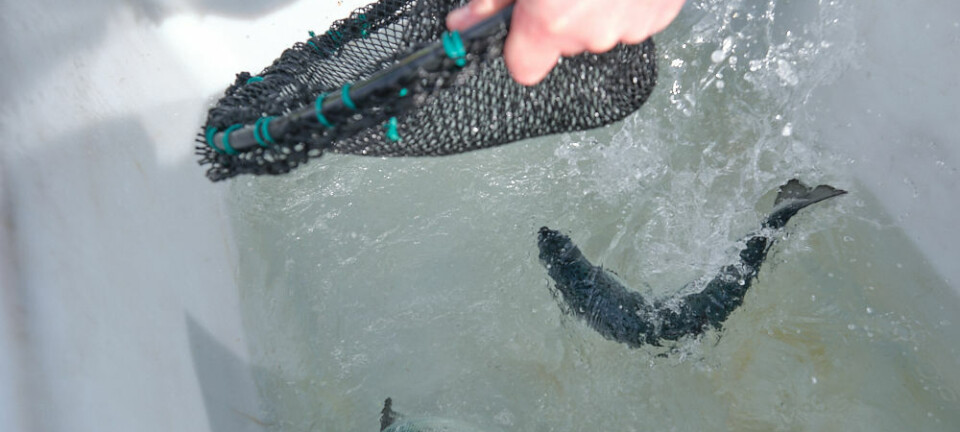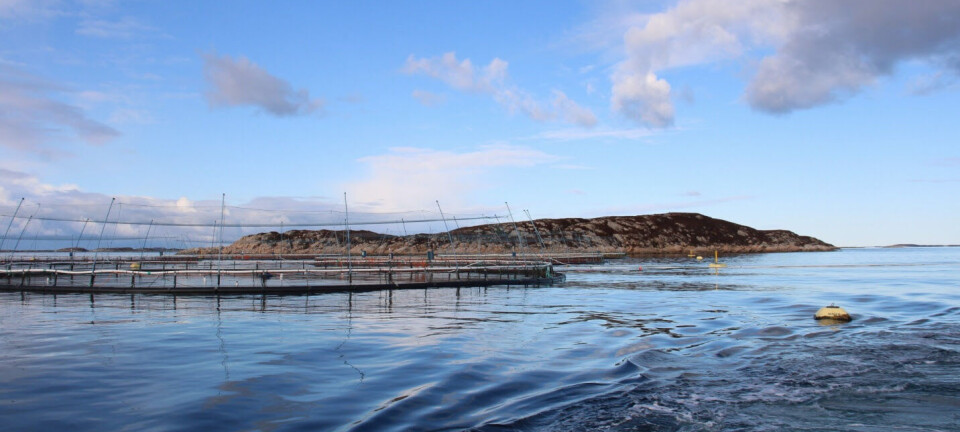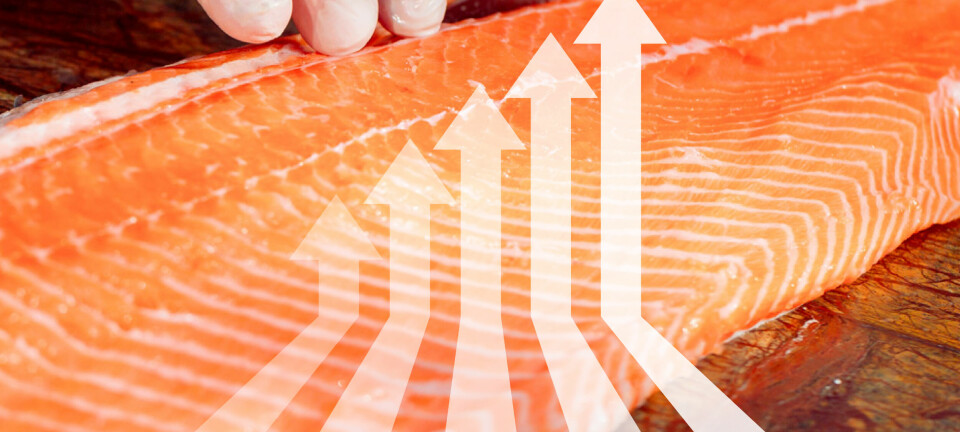
Differences seen in smolts raised in RAS and in lochs
A £1.7 million research project into farmed Scottish salmon smolts revealed clear physiological differences between fish reared in recirculating aquaculture systems (RAS) and those raised in loch systems.
Among other things, RAS-reared fish displayed altered osmoregulatory markers, including ATPase (energy converting enzymes) and chloride levels, as well as changes in blood biochemistry, the Sustainable Aquaculture Innovation Centre (SAIC) reports in a case study about the Robust Smolt project.
In salmon parr exposed to levels of carbon dioxide found in RAS systems, suppressive effects were seen on the expression of various genes with roles in immune function in the spleen.
Microbiome analyses showed that the skin, gill, and gut microbial communities were highly dynamic and influenced by early freshwater exposure. In RAS systems, gut microbial richness increased over time but declined after transfer to seawater. On the skin and gills, microbial composition was heavily influenced by tank water, particularly by the dominance of Hydrogenophaga, a denitrifying bacterium that affected microbial diversity.
A need for adaptability
Upon transfer to seawater, microbial communities on the gills and skin shifted significantly, suggesting a need for plasticity to adapt to new environments. In contrast, open-loch systems saw declining microbial diversity but increasing dominance of core taxa over time, suggesting a stabilisation of the mucosal microbiome.
Fish from RAS environments showed lower baseline immune gene expression in gills two weeks post-transfer, but mounted a stronger immune response when challenged with viral pathogen-associated molecular patterns (PAMPs), indicating latent immune potential.
Genetic analyses revealed that RAS-reared fish were smaller but more uniform, with higher heritability across traits. Loch-reared fish exhibited wider variability and lower heritability estimates, indicating stronger environmental influence. Environmental influences were observed, particularly in body weight, reinforcing the importance of considering early rearing conditions in breeding programmes.
Affected by Covid
The project was launched in 2019 but was delayed by the Covid pandemic that disrupted field trials, staff availability, and data collection, particularly affecting a work package aimed at integrating early-life health data across environments to identify epidemiological patterns in salmon populations. Restrictions limited access to sites, delayed recruitment, and led to the inability to complete some trials as designed, affecting project delivery.
The project was led by Stirling University’s Institute of Aquaculture and involved a consortium that included the Universities of Aberdeen, Exeter and Edinburgh; the Centre for Environment Fisheries and Aquaculture Science (Cefas); Mowi; Scottish Sea Farms; the Scottish Salmon Company (now Bakkafrost Scotland); Cooke Aquaculture Scotland; Grieg Seafood (now absorbed by SSF); BioMar; Pharmaq; SAIC; and Salmon Scotland. It finished in August last year.
The project’s findings are expected to inform industry practices that enhance fish health and immune function through early freshwater conditioning. These insights are crucial for developing new husbandry protocols, health strategies and feeding regimes that support the competitiveness and sustainability of aquaculture in the UK.























































